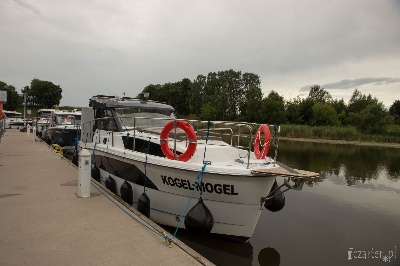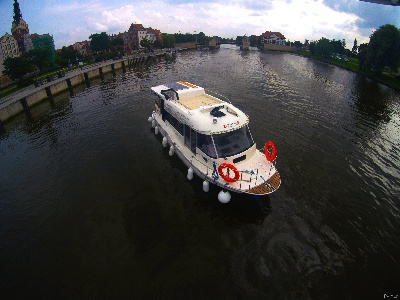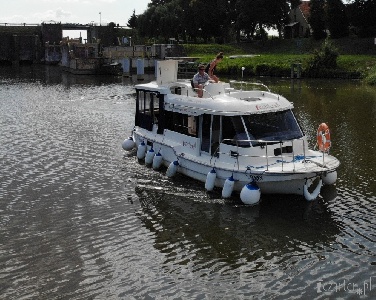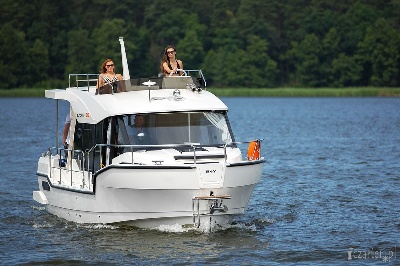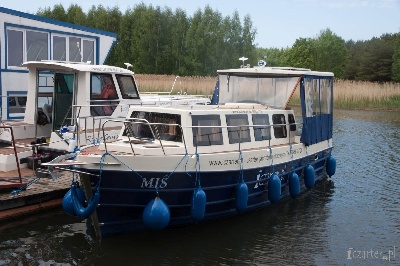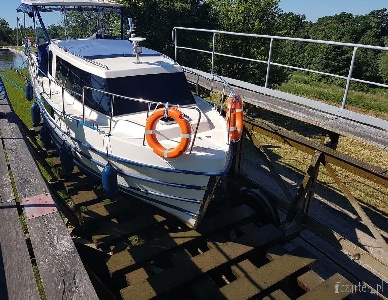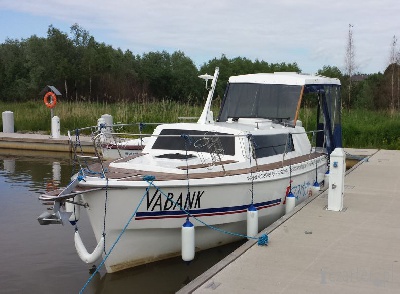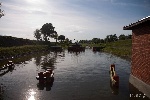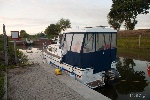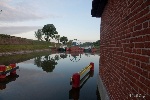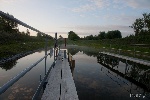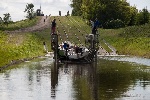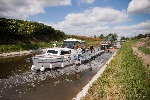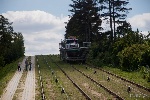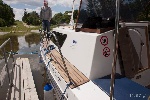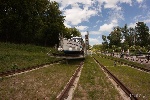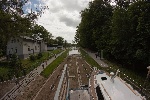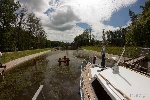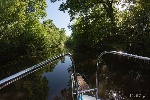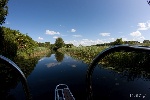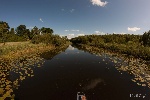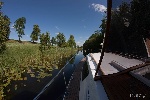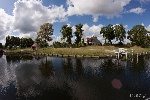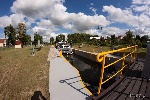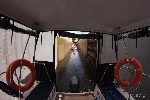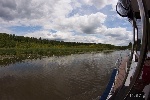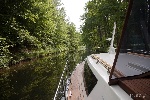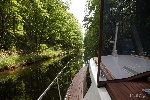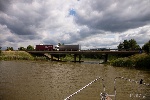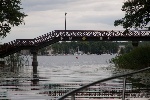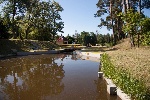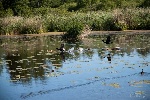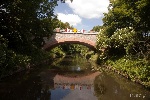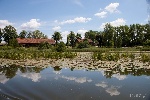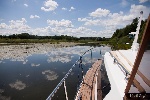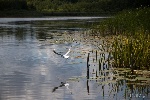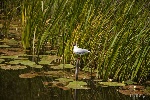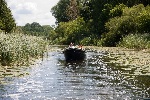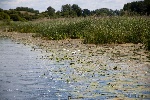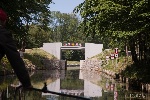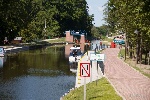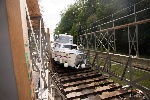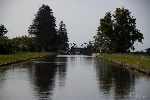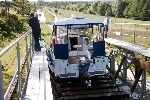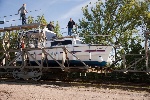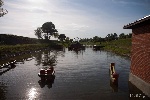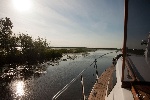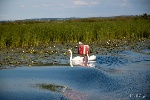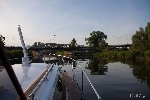Elblag Canal
Yacht charter on the Elblag Canal
Elblag Canal » Information
Elbląg Canal is a unique water system on a global scale, integrating several lakes with the Vistula Lagoon, unusual because of the team of five rail ramp that allows to overcome the 100 meter difference in water levels. The system connects the lake Drużno to river Drwęca and lake Jeziorak. From the lake Drużno across the river Elblag to the Vistula Lagoon, as well as through the Jagiellonian Canal, Nogat river and the Vistula river leads to the Baltic Sea, or through an international waterway E70 runs further to Antwerp and Amsterdam. Waterway Kilometres driven is measured from Miłomłyn to the lake Drużno, to the city Stare Jabłonki and to the city Zalewo and Iława. The total length of the Elblag Canal connecting the lake Szeląg and Drużno is approx. 83 km, of which approx. 44 km falls on artificial canals, and 39 km are natural lakes. Along with branches throughout the length of the branch Elblag Canal is approx. 152 km. Elblag Canal trail leads through two land Zulawy Loop and the Iława Lake District.
Part of the trail from the water gate Miłomłyn into lake Drweckie originally bore the name of Warmia Canal (current name is the Elbląg Canal). The 14.5 km branch of the lake Jeziorak to Miłomłyn called Iława Canal. Bartnicki Canal (Ducki) connects lake Ruda Woda (lake Duckie) with the lake Bartążek.
The idea of building a channel that shortens the way to the Baltic ports accompanied by the residents of these areas since the middle ages. Carriage of goods, especially wood by water directly on the coast greatly hastened the time and reduced costs.
The first step in this direction have already been taken in the fourteenth century, building a Dobrzycki Canal connecting lake Ewingi with the lake Jeziorak. The idea to extend Dobrzycki Canal to Baltic sea returned but always in the way of were becoming two financial and technical problems (how to overcome the 100-meter water level differences). The idea began to be implemented in the nineteenth century. In 1825. Elbląg Members had submitted the idea of a water transport at the meeting of the Prussian Parliament. Final decision to build the Elblag Canal was made in 1937 at the court of the King of Prussia East Frederick William III. Construction although expensive, it was important for the economy of the entire state. Designing Elblag Canal was commissioned in 1837, engineer George Jacob Steenke, which cooperate other great experts among others, Carl Lanze, one of the co-authors of the Suez Canal. Engineers discussed the project for seven years. During this time they have had several destinations: Canada, Belgium and the Netherlands, in order to get acquainted with the local way of building similar solutions. The problem was overcome about 100 meters difference in water levels over a distance of 10 km between the lakes Piniewo and Drużno. To overcome it Steenke planned for this section of the Elblag Canal build 32 water gate.
The first work began in 1844. A few years later, when the section was built first sluice Steenke went to New Jersey, in USA to learn about the solutions applied at the Morris Canal. American building inspired him to put in place the locks revolutionary solution - the ramp, so that the ship on a special platform moving on rails passes through hills. The whole mechanism is based on a system of winches bricks and water wheels, powered by water from the upper level of the ramp. After returning home, the engineer has developed a model of the ramp and decided to apply it in practice, by installing the device in Buczyniec, Kąty, Jelenie and Oleśnica. Ramp construction was completed in the 1860. The first ship sailed Elblag Canal on 31 August 1860 on the distance Ostróda – Miłomłyn. Work on the canal continued further, they officially put into shipping canal in the spring of 1862 years. Elblag Canal was officially ready for shipping in the spring of 1862 years. In the years 1872 - 1876 in the section Ostróda - Miłomłyn built three water gate: Miłomłyn, Zielona and Mała Ruś.
The last ramp Całuny Nowe was built between 1874 - 1881 at the site of previous ventricular mucus, as it uses a different drive, instead of the water wheel was used much more efficient water turbine. The whole complicated system of Elblag Canal works only thanks to the forces of nature, exploiting the difference in water levels between the successive stages of the waterway.
The development of the railways led to that upon completion of Elblag Canal had no already the primary economic importance, even though in the 60 nineteenth century it flows from 12 to 20 ships per day. Then began to gradually withdraw from the carriage of goods in this way, and in the 30s of the twentieth century was already practically used for tourism. Currently Elbląg Canal is experiencing a renaissance, became one of the most interesting monuments of world ranking techniques. Antique equipment, hydraulic engineering, landscape and village with historical buildings on the water trail make it a unique tourist attraction.

